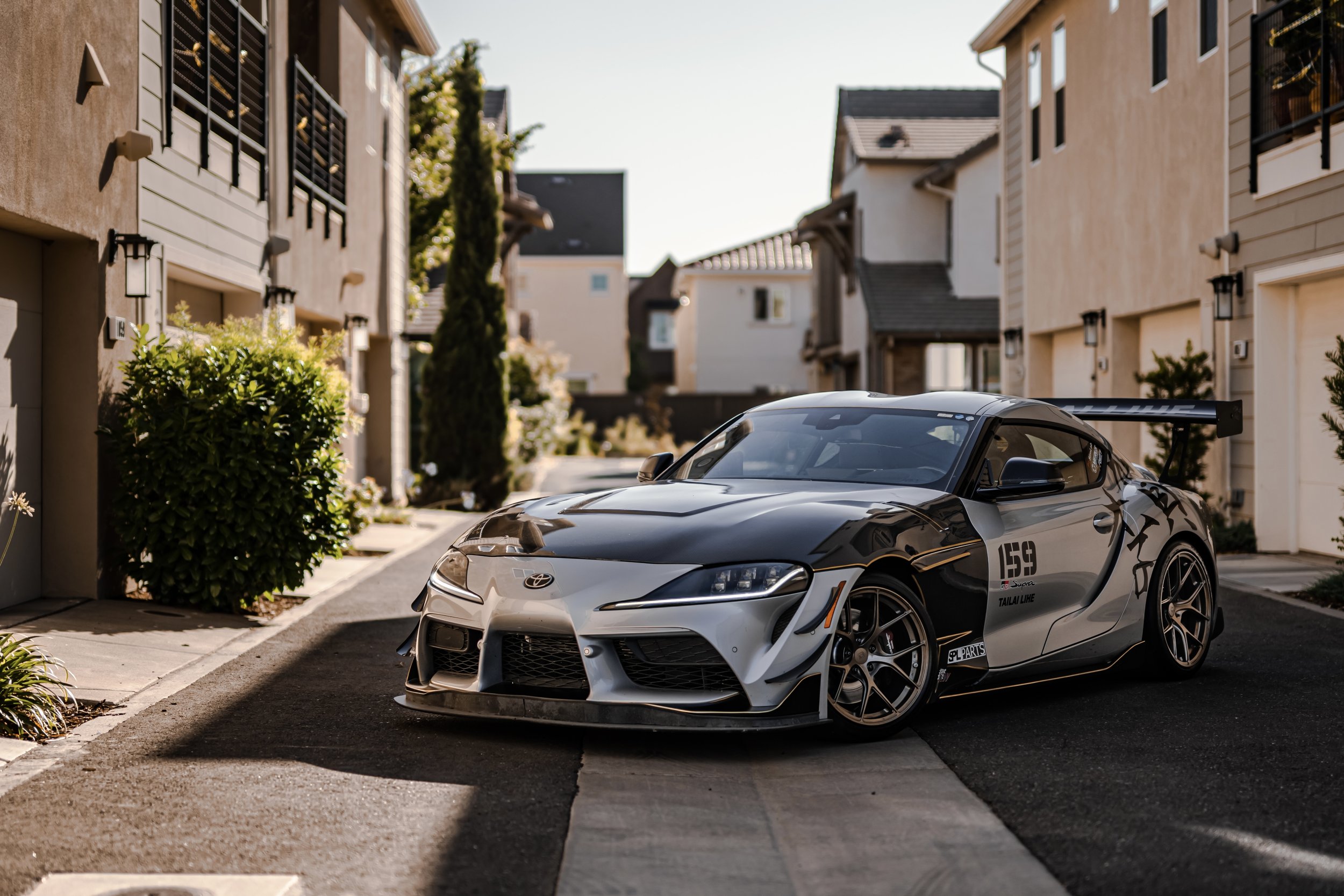
SpeedSF Blog
Every Build Has a Story – Meet the Cars of SpeedSF

Hao’s Supra: One Fell Swoop
After a year wrestling with a heavyweight M4, Hao Wang decided a Supra would be the smaller, more nimble track car he was after. With an ex-GT500 mechanic guiding him, he overhauled the entire suspension and added top-shelf aero to help this stock power car turn remarkable times with relatively little effort.

Speed SF Challenge Laguna Seca: New Surface, New Records
New pavement and stellar weather meant our fastest drivers pushed harder than ever before at our latest Speed SF Challenge event.

Tailai's Supra: Keep it Simple, Keep it Sane
After blowing up an M3’s engine, Tailai Lihe realized power wasn’t everything. With this car, he kept the B58 stock, and instead prioritized seat time and cornering speeds.

Showdown at Sonoma: Battle Between the Fastest Stateside A90 Supras
Jackie Ding and Will Kwok have both gone quite far in tuning their A90s—further than any others on American soil. With Gary Wong piloting Will’s machine, these two drivers demonstrate where variations in tuning are felt most around Sonoma Raceway.
